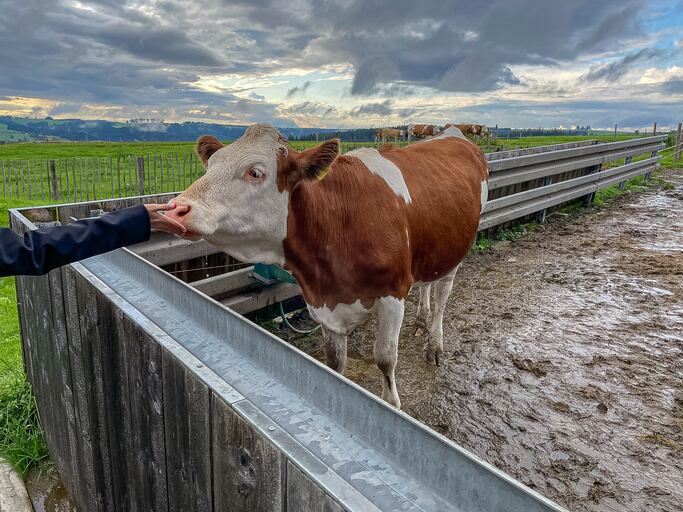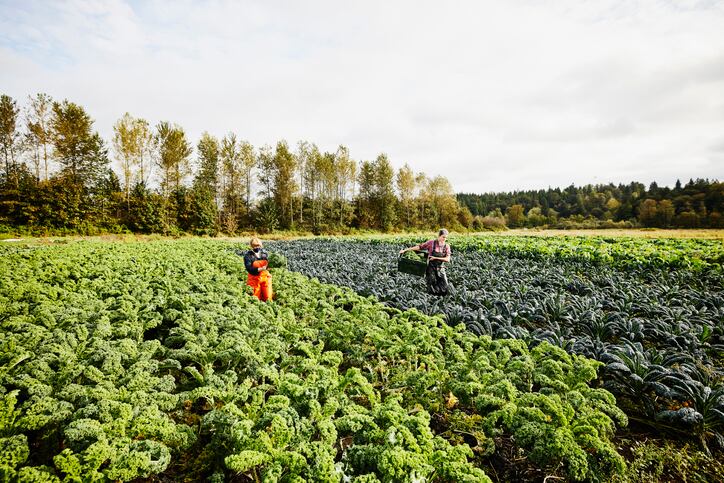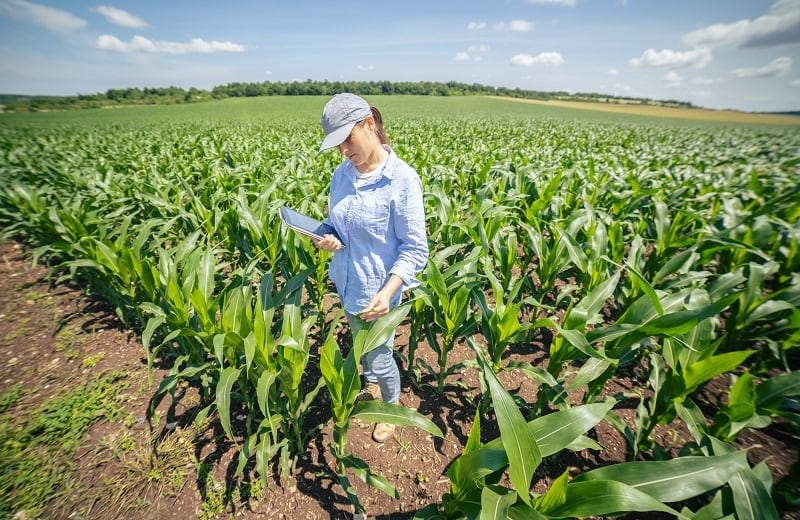With a background in tissue engineering, Khademhosseini pivoted from his experience in growing human tissue to developing a scalable method for growing ground beef.
Omeat’s initial plan for its ground beef, Khademhosseini explained to FoodNavigator-USA, is to set a price point comparable to premium ground beef once it enters the market. However, he explained that ultimately the goal is to “sell at a price point that is less expensive than conventional options,” citing that Omeat’s ground beef product may attract two-thirds of Americans looking for beef alternatives.
“The conventional approach to meat production comes with major adverse effects on the environment, public health, and animal welfare. We saw an opportunity to leverage our expertise to discover a scalable way to grow cultivated meat,” said Khademhosseini. “The approach we uncovered and are currently scaling is a simple and elegant solution that taps into the natural biology of animals to let nature do its work. The result is real meat that’s pure, delicious, and can satisfy a growing population’s demand for meat in a sustainable and humane way.”
Building a bridge to the future of the meat industry
Omeat sources growth media from its herd of free-ranging cows on its farm in California. Working alongside farmers and regenerative agriculture specialists, Khademhosseini explains the company aims to establish a “perfect sustainable operation that existing farms and ranges can implement.” The intended replicability of its operations offers a potential proof of concept where farmers “can generate the same volume of product but with a fraction of the overhead.”
“With one cow providing plasma weekly, we can create many cows’ worth of meat annually,” he added.
The farm’s regenerative practices for soil health include no tilling, planting cover crops, rotational grazing and natural fertilization from Omeat’s free-roaming herd, according to the company’s press release. Additionally, the farm collects approximately 30,000 gallons of rainwater per acre, reducing runoff or excess watering.
There exists a promising opportunity for farmers to collaborate with cultivated meat laboratories, creating a sustainable and potentially lucrative avenue. By regularly extracting plasma from animals over the course of several years, farmers have the potential to generate higher income compared to current practices.
Dr. Kristina Horback of UC Davis serves as the company’s veterinarian and assisted in designing the farm and its animal care, specifically plasma collection. The nutrient fluid is the source of Omeat’s patented growth media and collected weekly. Similar to humans, plasma in the cows regenerates quickly without depleting nutrients.
Cultivated meat highlights the intersection between food and health sciences
It is noteworthy to highlight the correlation between cultivated meat and the field of health sciences. Moreover, there is an emerging trend where cultivated meat companies are commonly established and nurtured by health scientists. Additionally, an increasing number of consumers, particularly Millennials and Gen Z, are displaying a higher level of acceptance towards the convergence of food and technology.
In the US, Dr. Uma Valeti, co-founder UPSIDE Foods, grew human heart cells as a cardiologist at the Mayo Clinic treating heart attack patients; Dr. Jess Krieger’s career in biomedical sciences led her to found Ohayo Valley where she recently featured the company’s cultivate Wagyu burger at the Vegan Women Summit in May.
This intersection not only holds significance in the cultivated meat realm but also presents opportunities for progress in tissue growth for both humans and animals in the US and globally; and potentially increase job opportunities and stability within the food sector.
“We’re working closely with the FDA & USDA”
“We’re working closely with the FDA & USDA for review and approval and are optimistic about a favorable outcome and approval,” Khademhosseini stated.
Along with consumer acceptance, scalability and cost continue to challenge the industry. Growth media is the “number one cost driver of cultivated meat,” Khademhosseini explained.
“Omeat has pioneered an approach that reduces input costs and can be scaled to sustainably meet the global demand for beef and other types of animal protein,” he said.
“Remarkably, the [growth] media can be used to cost-effectively grow any kind of meat, such as beef, pork, chicken or fish…and can satisfy a growing population’s demand for meat in a sustainable and humane way,” he added.
Alongside the consumer quest for better-for-you options, Khademhosseini cites Omeat’s ground beef nutritional profile (including protein, iron, trace minerals and vitamins and less saturated fat) as a healthier option than its counterpart.
Regarding consumer acceptance, Khademhosseini cites the lack of consumer adoption towards plant-based meats due to concerns surrounding heavily processed ingredients and taste as a driver for consumers to try lab-grown meat. “The efficiency of Omeat’s process and output quality are such that no plant protein is needed to mitigate cost or functionality issues,” he explained.




